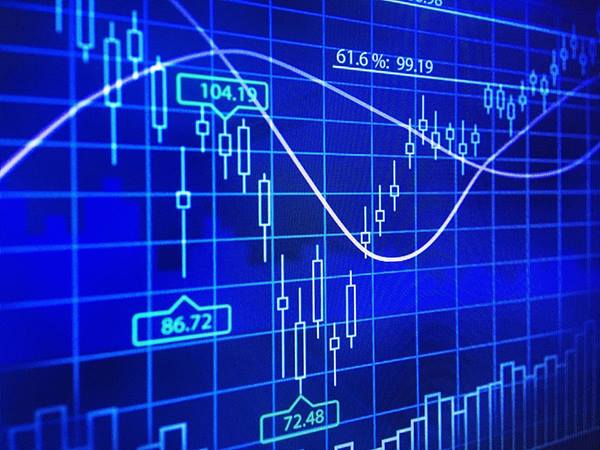





















- Blogs
- The AI-driven Forecaster

The life sciences industry has slowly begun to adopt machine learning (ML) and artificial intelligence (AI) to streamline workflows, automate manual processes, and leverage predicative analytics for more effective decision-making. This evolution is touching every aspect of drug development and commercialization – including forecasting – and that’s a great thing for commercial forecasters.
For decades, forecasters have relied on Excel spreadsheets and cut-and-paste tools to collate data and run forecasting numbers. These old-school strategies are time-consuming, costly and face a high risk of error. They also limit the number of questions forecasters can ask, and how rapidly they can generate results to inform their future market strategies.
By replacing spreadsheets and manual number crunching with trained algorithms, forecasting technology can now run an increasing set of predictive analytics, including scenario comparison, bias detection across multiple forecasts, and outlier analysis to show where forecast assumptions are ‘outside the norm’, all with a high degree of speed and accuracy.
These innovations aren’t just huge time savers. They make it possible to deliver better, more far-reaching forecasts, and to pose questions from multiple angles. But while automation saves forecasters effort, there’s concern that we’re losing the critical ‘human element’ of forecast building.
We Need Human Forecasters More Than Ever

Like many industry professionals, commercial forecasters in the pharma industry have a love-hate relationship with the idea of machine learning and automation. On one side it promises to make their jobs easier, help them to be more accurate, and eliminate hours of drudge work. But there is also the persistent concern that if the technology gets too automated, they will be out of a job.
It’s time to put those fears aside.
Even the most automated forecasting solution is still only as good as the humans behind it. For example, an automated forecasting solution may be able predict anticipated revenues for a new product based on demand, competition, and expected market share, but the forecaster is still the one to determine what that means for the organization, including:
- What are the best ‘levers’ to increase our overall market share vs. our competitors?
- If we made a significant change to our marketing spend or go-to-market strategy, what would the impact be to the forecast?
- How does the forecast align with the company’s strategic goals in terms of revenue targets, launch timing, etc.?
Pulling these insights from a forecast technology requires human interpretation and communication, which are often overlooked in the larger quest of just “getting to the numbers”.
From Number Crunching to Story Telling

While forecasters’ jobs are safe, these new platforms will change how they do their jobs. In the past making such predictions required large internal or offshore data crunching, forcing forecasters to limit the number of questions they can ask and delaying their access to results, potentially for weeks. That made forecasting less effective, and added time, cost and risk to the decision-making process.
The immediacy and control of automated platforms fundamentally alters what questions they can ask, and how quickly they can get answers. This frees forecasters to spend more of their time and expertise on value-added tasks: understanding the key drivers behind the commercial forecast and identifying practical strategies that drive value.
Forecasting automation may eliminate outsourced off-shore jobs for people who build spreadsheets and manually run numbers. But the forecaster role is emerging in the industry as a more critical function than ever, providing insights a machine could never achieve. And for those willing to make the most of ML/AI-driven tools, automation can help forecasters amplify their strategic value to the business, reduce turnaround time, improve forecast accuracy, and drive better business results.
To learn more about IQVIA’s Forecast Horizon platform click here or contact us at ForecastHorizon@iqvia.com





